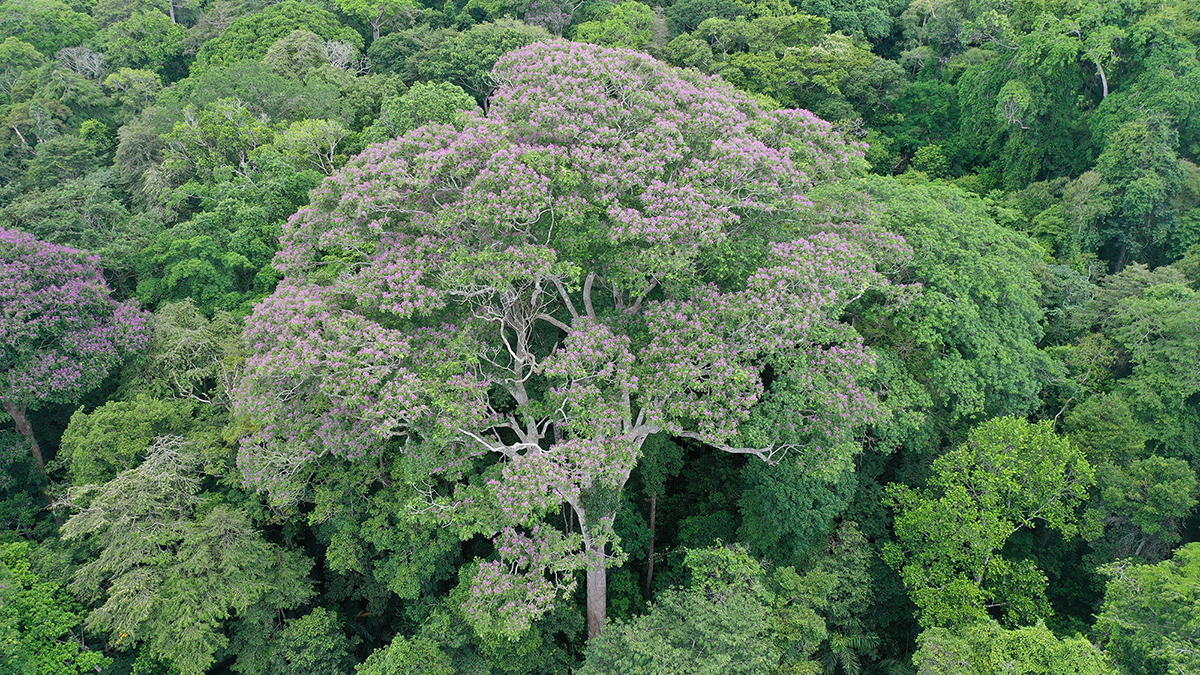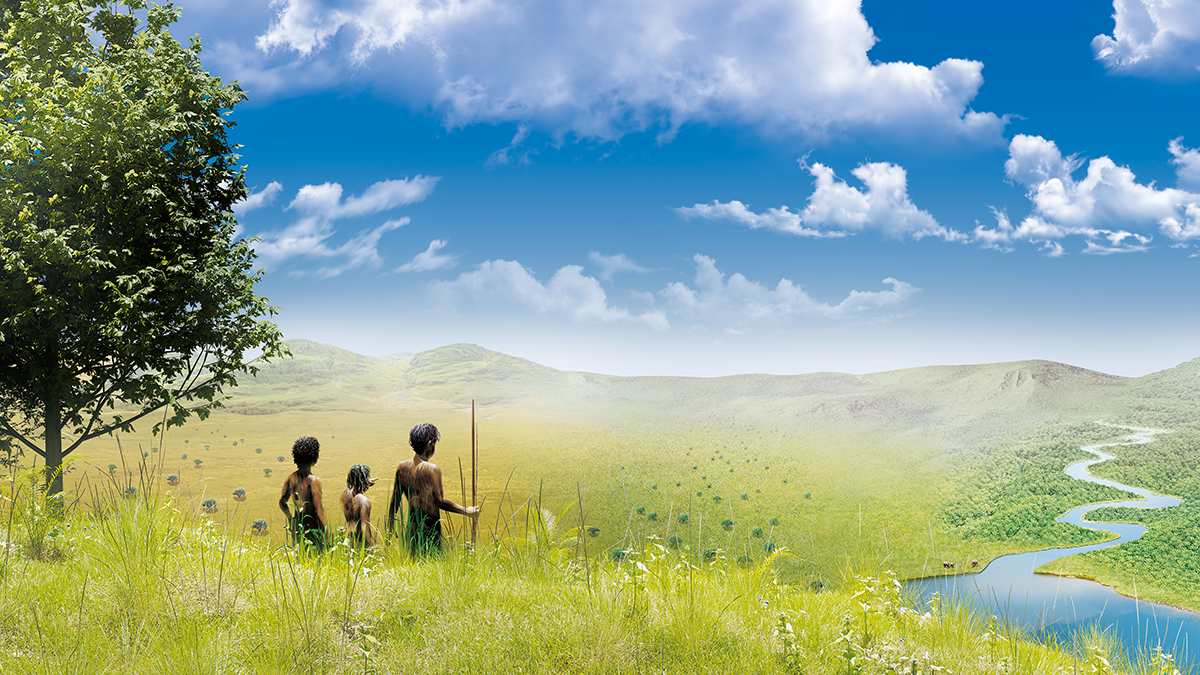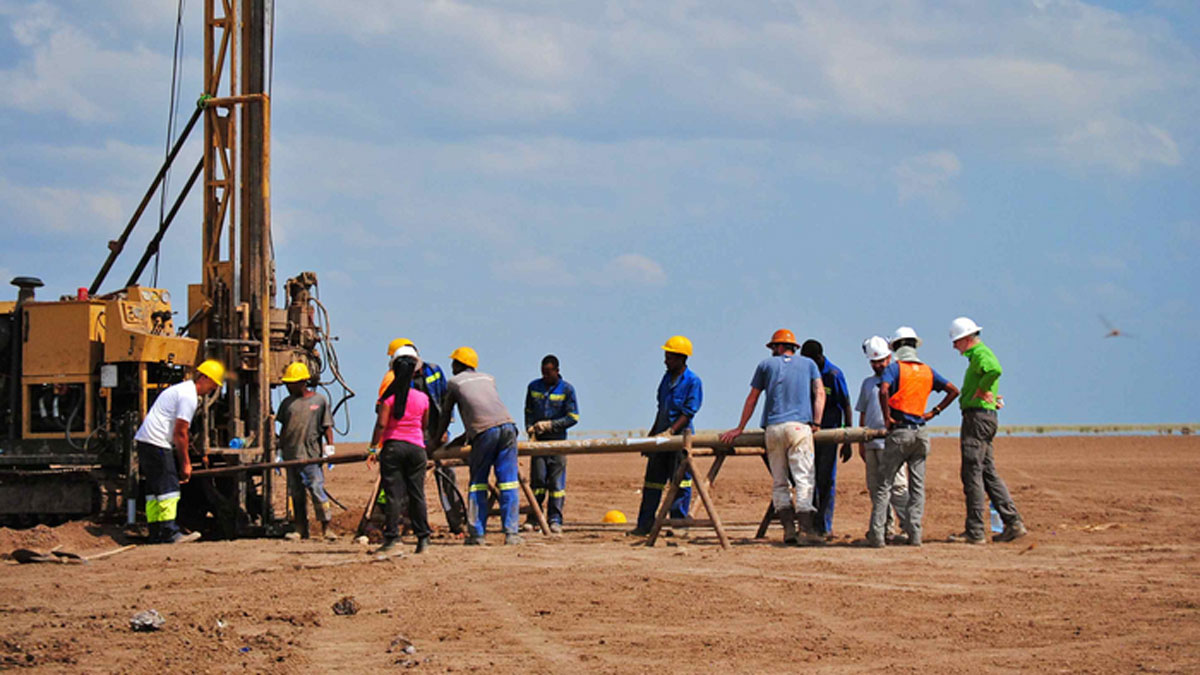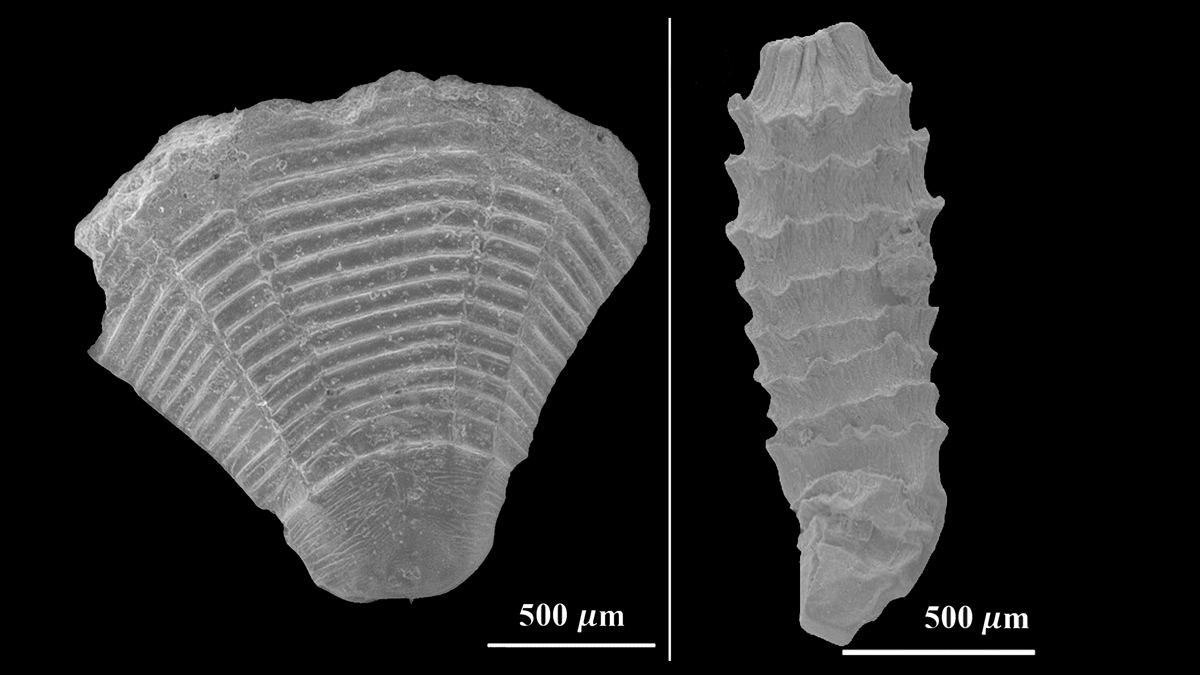Fossils discovered at an early Miocene site in Kenya include a new type of early ape and offer clues about the environment inhabited by human ancestors.
evolution
Algunos árboles tropicales se benefician de los rayos
Dos imágenes muestran el mismo árbol, antes (izquierda) y después (derecha) del impacto de un rayo. En la imagen de la derecha, el árbol no está cubierto de enredaderas leñosas y algunos de los árboles que lo rodean han muerto.
Some Tropical Trees Benefit from Lightning Strikes
Direct lightning strikes cause minimal damage to Dipteryx oleifera. But these same strikes effectively kill parasitic vines and neighboring trees that compete with the species for light and nutrients.
How Great was the “Great Oxidation Event”?
Geochemical sleuthing amid acid mine runoff suggests that scientists should rethink an isotope signal long taken to indicate low levels of atmospheric oxygen in Earth’s deep past.
Humans Adapted to Diverse Habitats as Climate and Landscapes Changed
Long-term changes in Earth’s climate affected the dispersal of human ancestors and their adaptation to diverse habitats, a new study finds.
Did a Chaotic Climate Drive Human Evolution?
A new 620,000-year climate record from East Africa reveals dramatic swings between wet and dry conditions that may have influenced human evolution.
Fluid Dynamics of Tiny, Ancient Marine Animals
Water flow simulations using 3D models of fossils yield new clues to the evolution of organisms known as medusozoans.
What Can Zircons Tell Us About the Evolution of Plants?
The versatile mineral could contain evidence of the evolution of land plants and their effect on the sedimentary system.
Early Life Learned to Love Oxygen Long Before It Was Cool
Laboratory experiments show that earthquakes may have helped early life evolve in an oxygen-free world.
When Did Archaic Humans Control Fire?
A familiar geochemical technique shines a new spotlight on early hominin use of fire.










